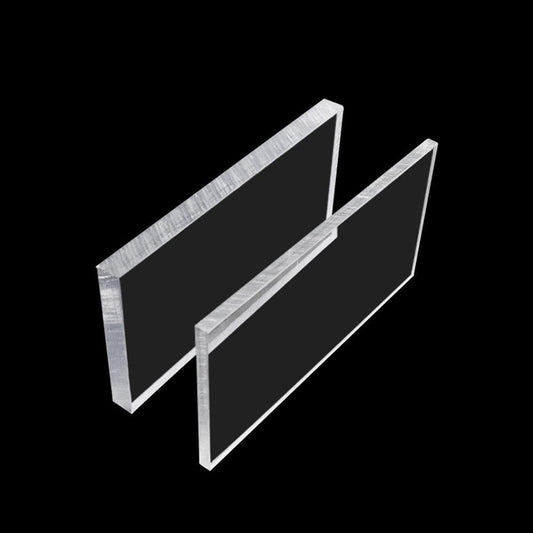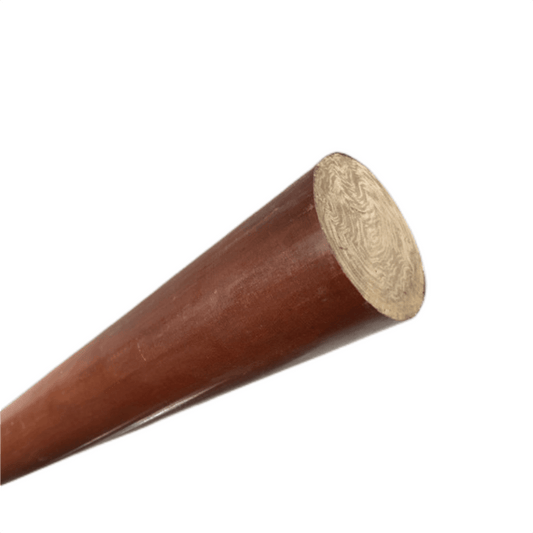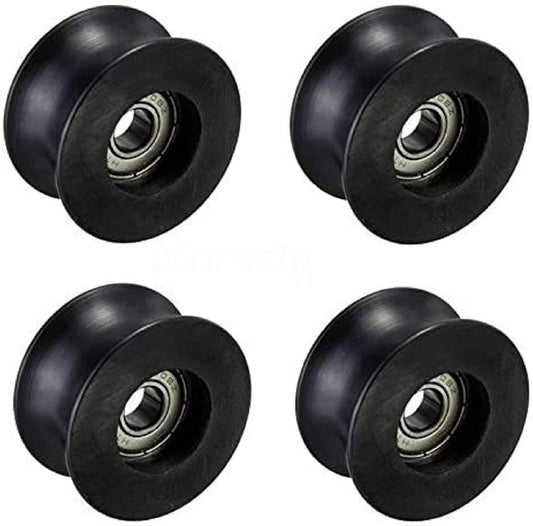Engineering thermoplastics like POM (acetal) and nylon play vital roles across industrial manufacturing sectors. With a balanced mix of mechanical, thermal, and chemical properties, cost-effectiveness, and production scalability, POM and nylon parts are ubiquitous. Understanding where each material excels guides appropriate selection for optimal performance.
🎉🎉🎉Limited Time Offer Use code: QR4GNY08SHVR at checkout and enjoy a special discount on your entire order! 👉 POM plastic
In automotive applications, POM’s dimensional stability, low friction, and heat resistance allow it to withstand demanding engine environments. POM timing gears maintain precision synchronization of valve and camshaft timing at elevated temperatures. Fuel system components like fuel rails and pump housings made of POM endure hydrocarbon fuels while providing vibration damping. Pedal assemblies and gear shift levers take advantage of POM’s low friction surface.

Nylon excels in underhood parts needing heat and UV resistance like air intake manifolds and tubing. As wire and cable insulation, nylon jacketing resists abrasion, fuels, and oils. Inside vehicles, molded nylon interior parts offer sound dampening, abrasion resistance, and styling flexibility.

Across consumer products, POM and nylon continue complementing each other in appliances, electronics, sporting goods, textiles, and luggage. POM provides dimensional precision in gears, bearings, and pumps within washing machines, blenders, mixers, and vacuum cleaners. Nylon luggage and backpacks withstand travel abuse while remaining lightweight.

Industrial machinery heavily leverages POM’s stiffness, hardness, and low-friction. Gears, rollers, latches, fasteners, and bushings made of POM endure continuous operation and heavy loads. Nylon contributes to less critical components like bolts, washers, and spacers that benefit from nylon’s noise dampening.
POM’s FDA compliance makes it ideal throughout food processing machinery as bearings, rollers, slicer blades, and robot grippers. Nylon is avoided in food contact applications without additional regulatory approvals. Medical devices use machined POM parts for precision instruments and housings requiring chemical resistance. Nylon excels in single-use medical tubing and catheter lumens.

Aerospace applications take advantage of POM’s stability, electrical insulation, and flame resistance for uses like connectors, insulators, and structural components. Nylons serve interior panels and auxiliary parts needing a balance of strength, temperature resistance, and fire retardance.
In summary, POM and nylon cover a wide range of engineering part requirements across industries. Matching application needs to material capabilities drives proper selection. Both thermoplastics will continue serving critical roles thanks to their complementary performance profiles.







